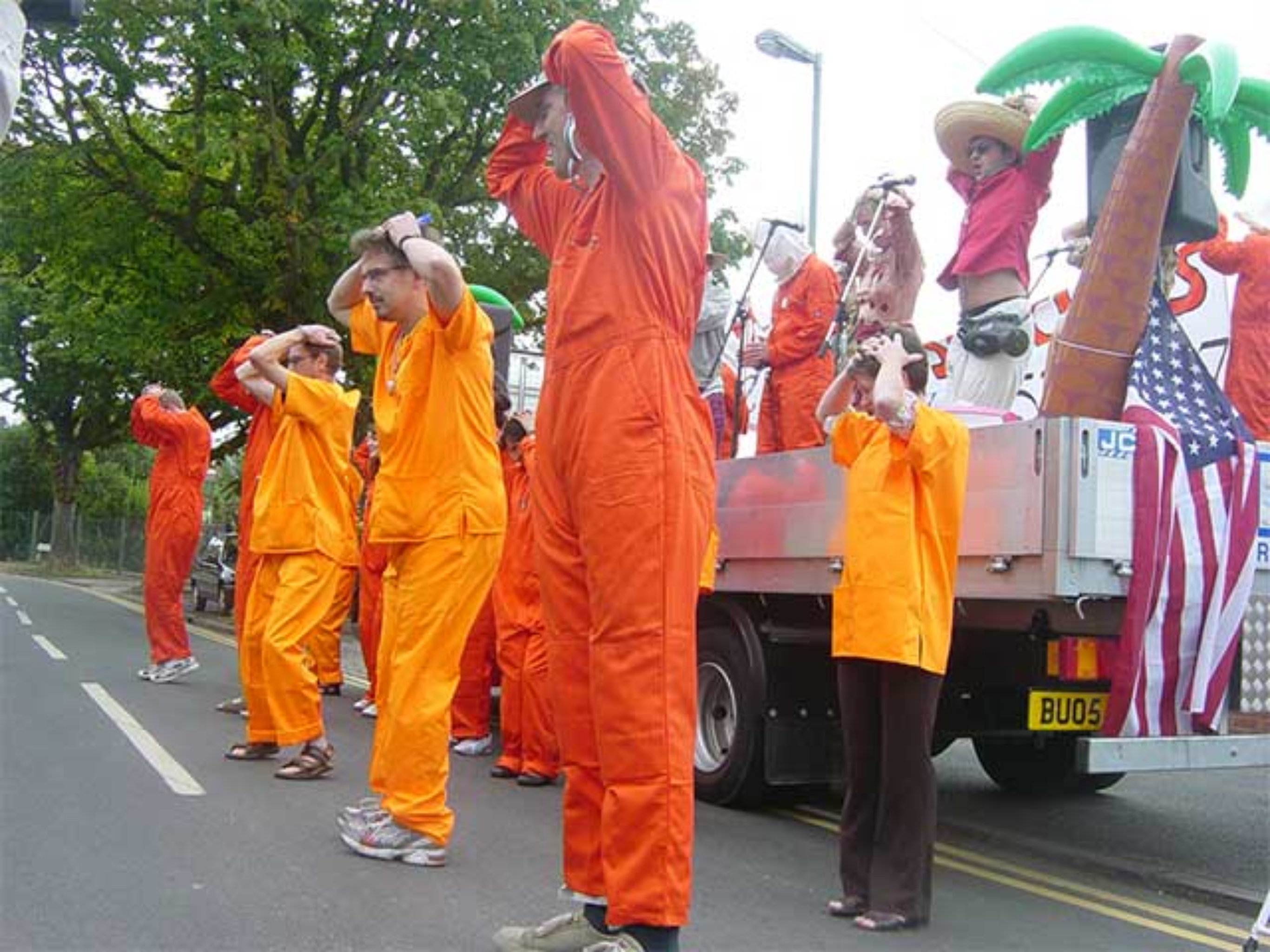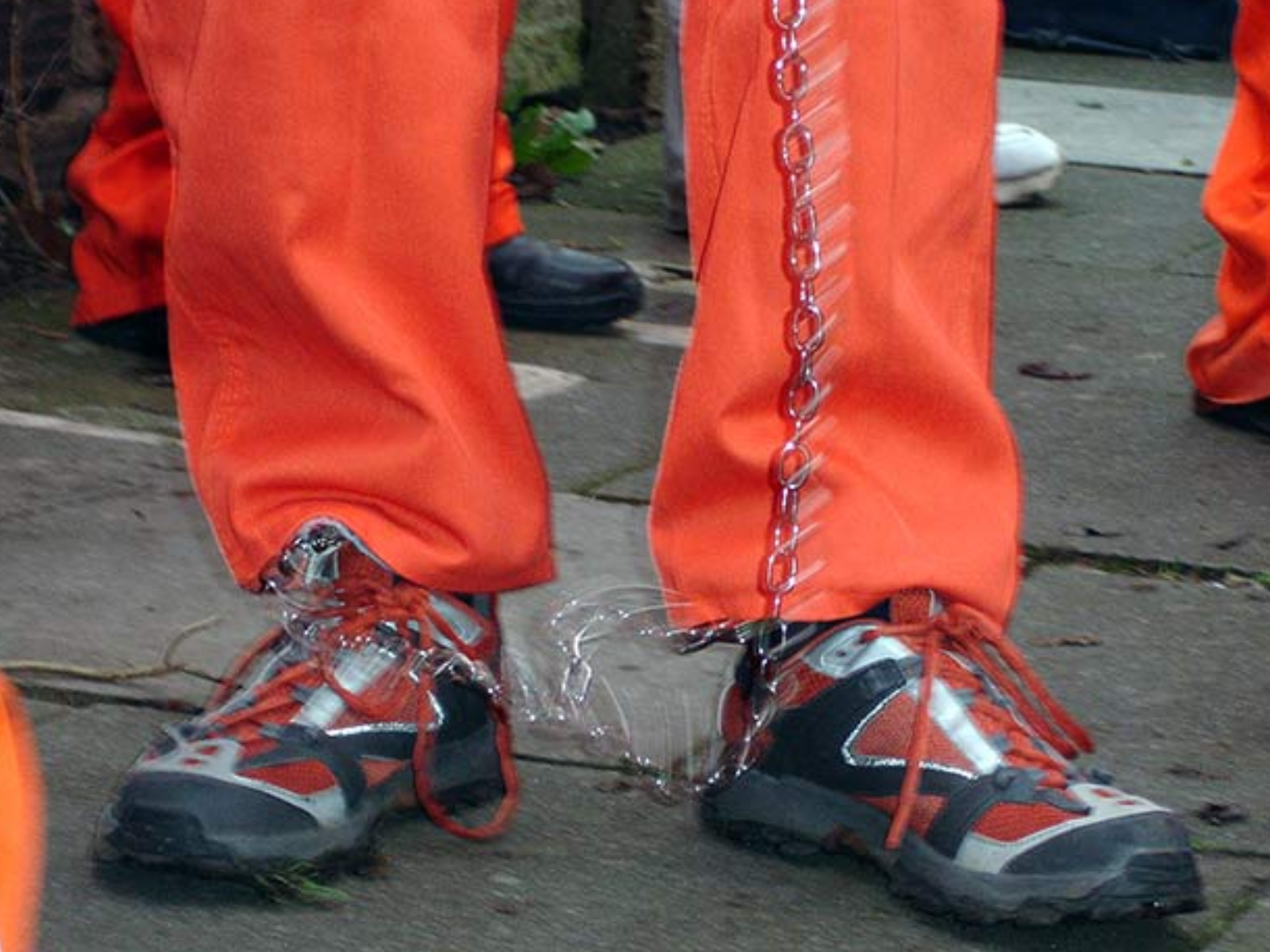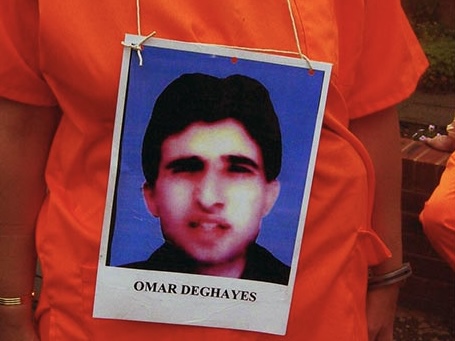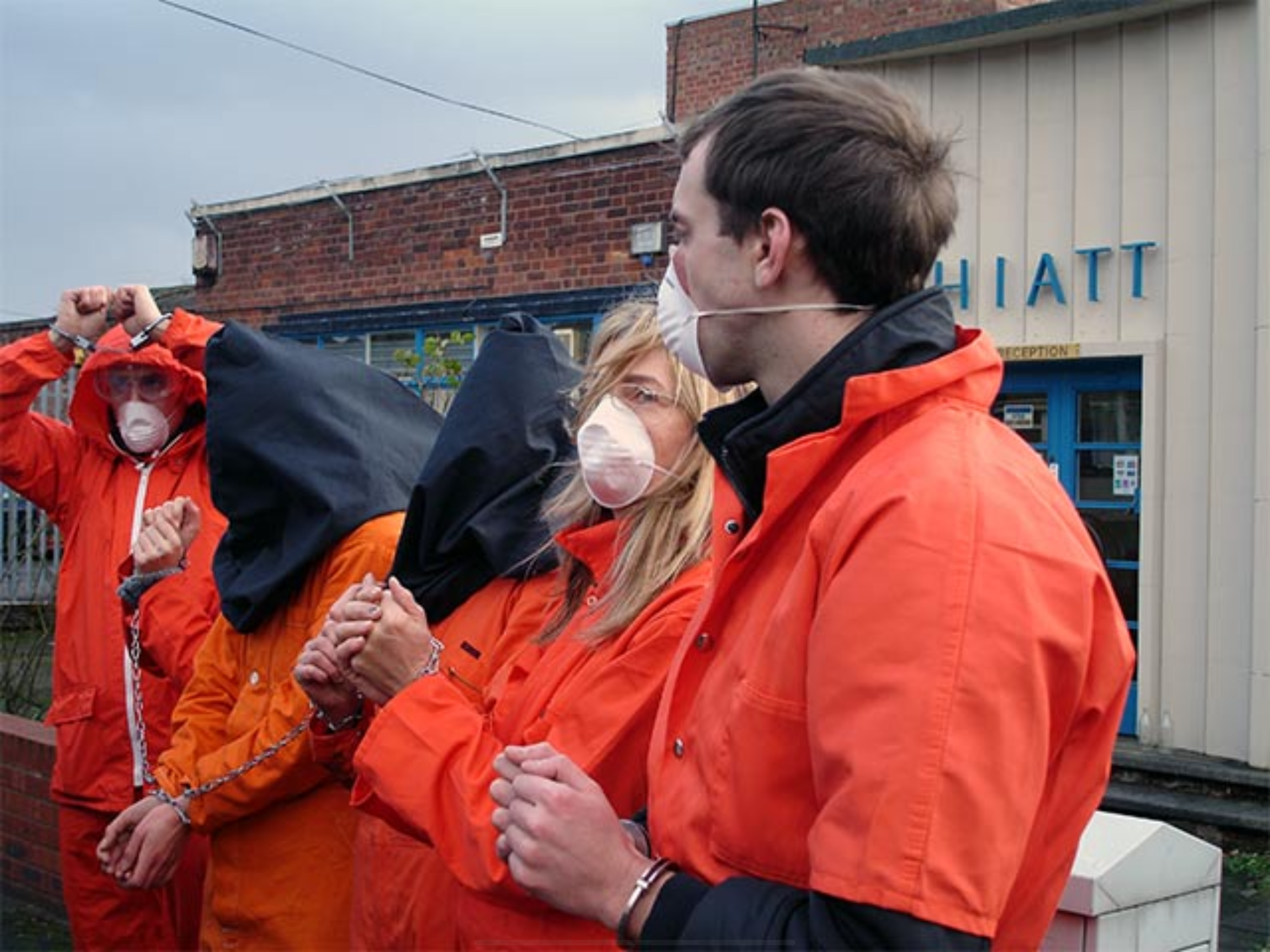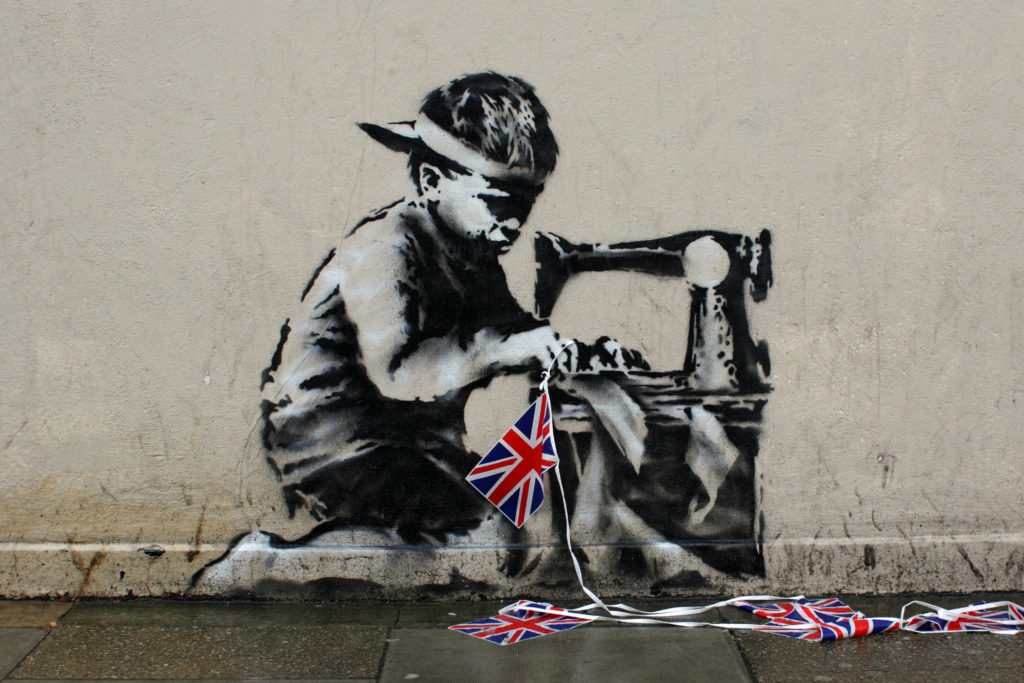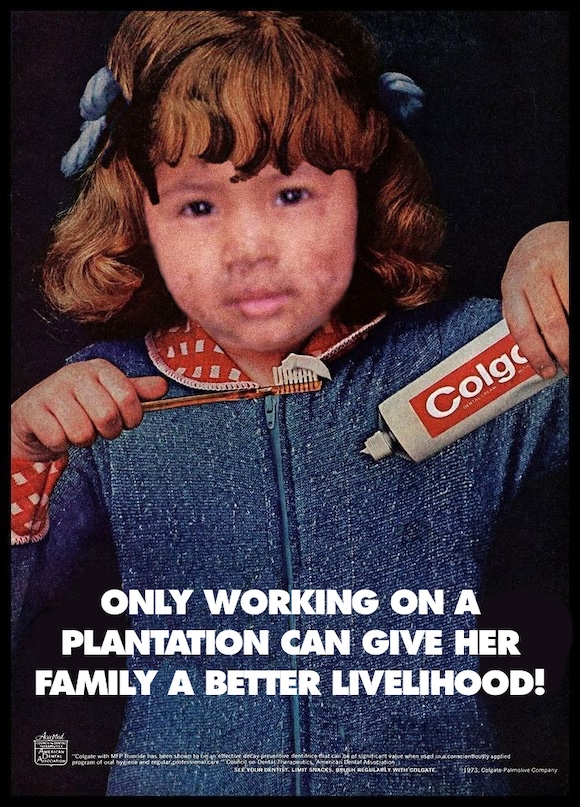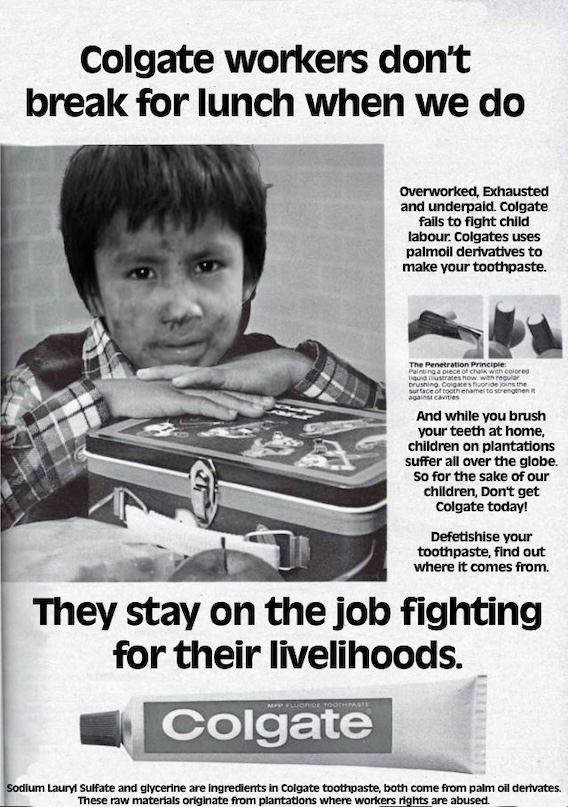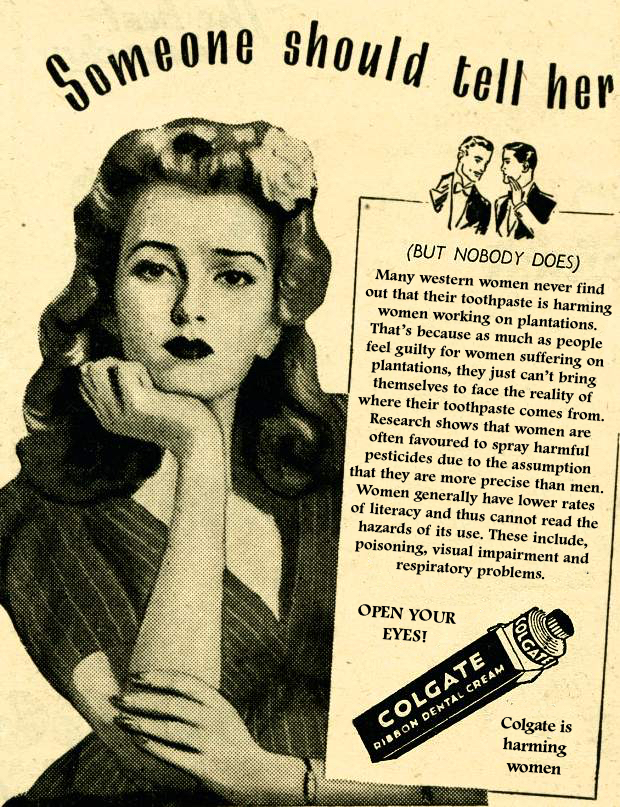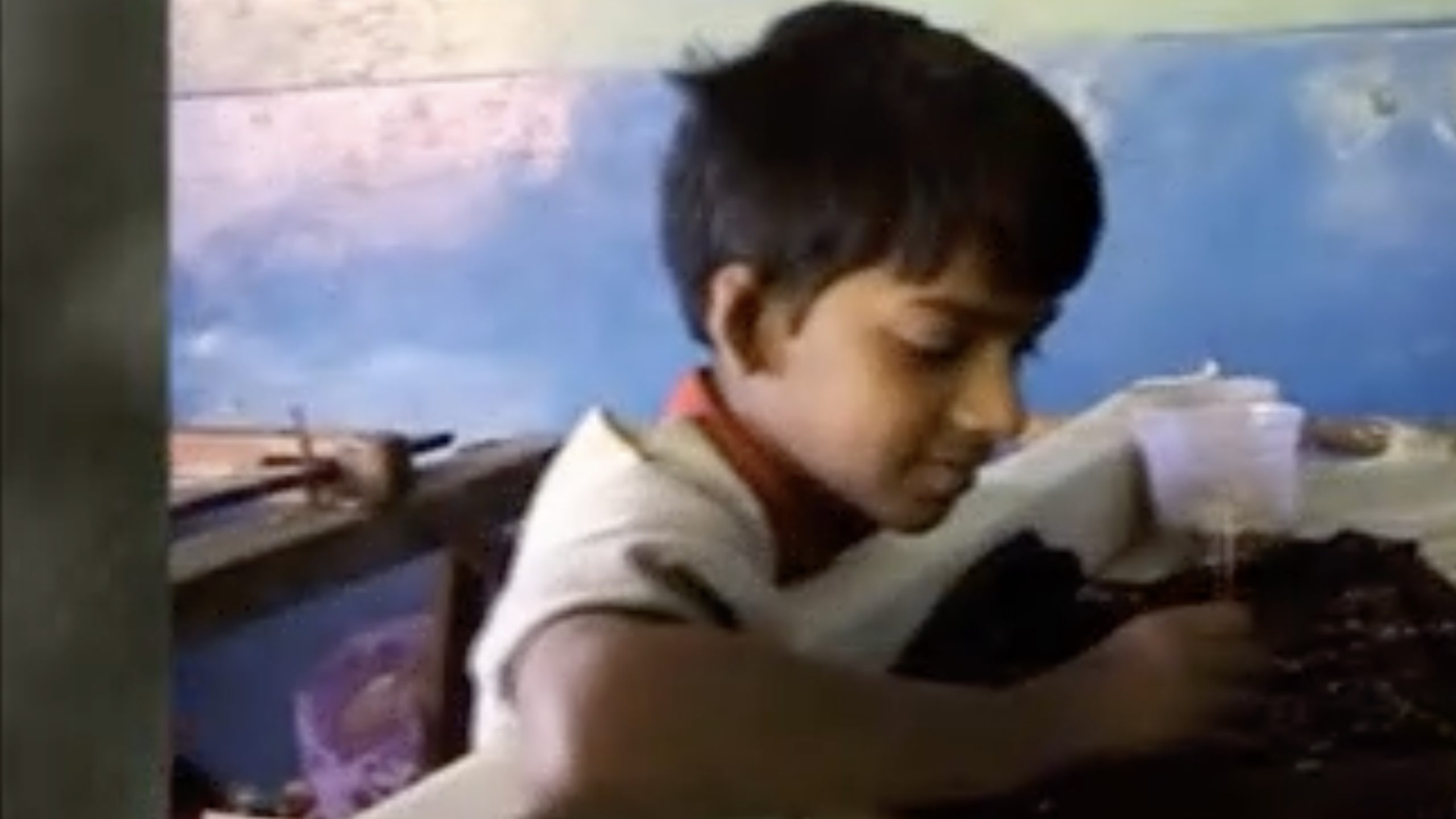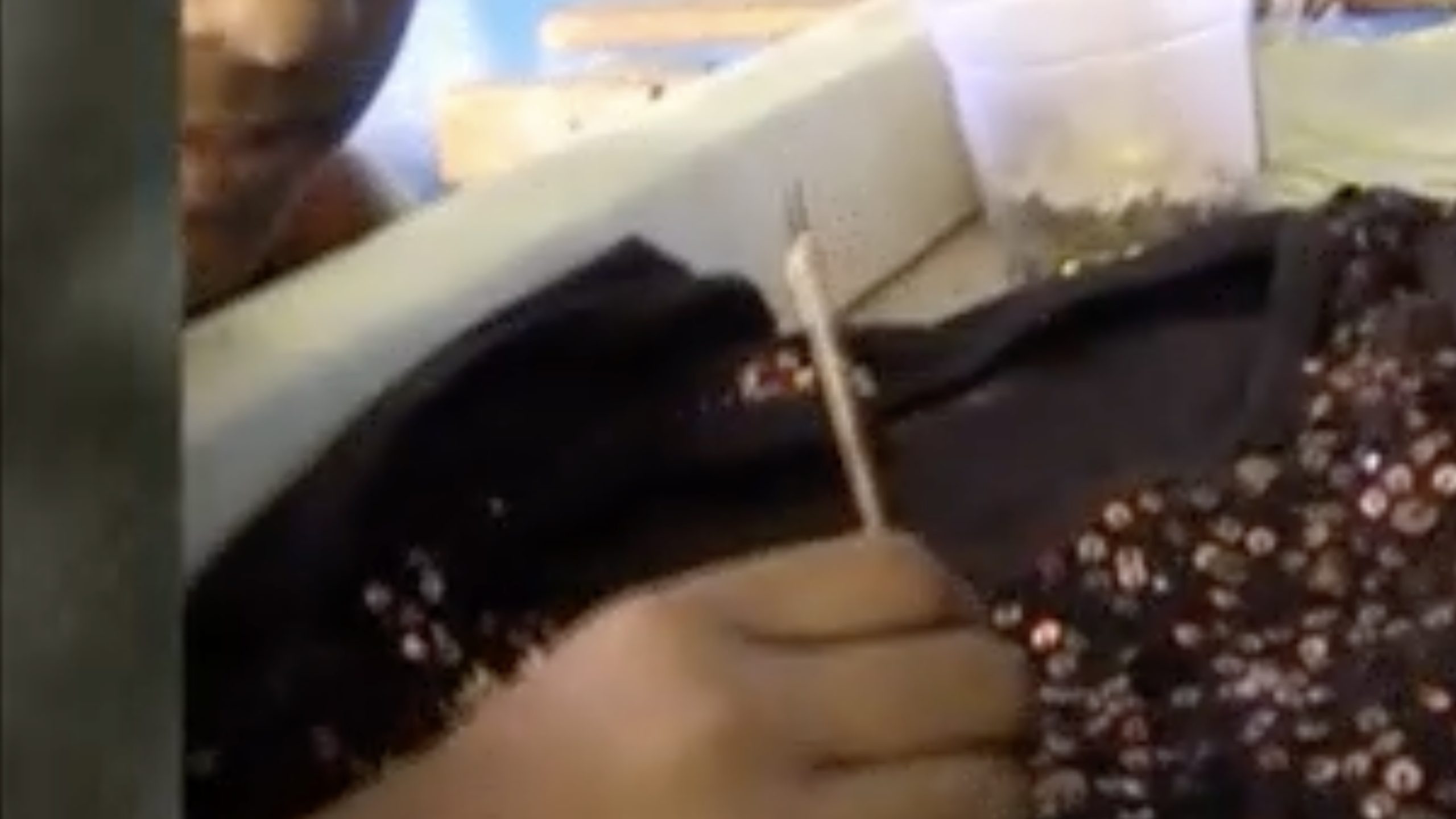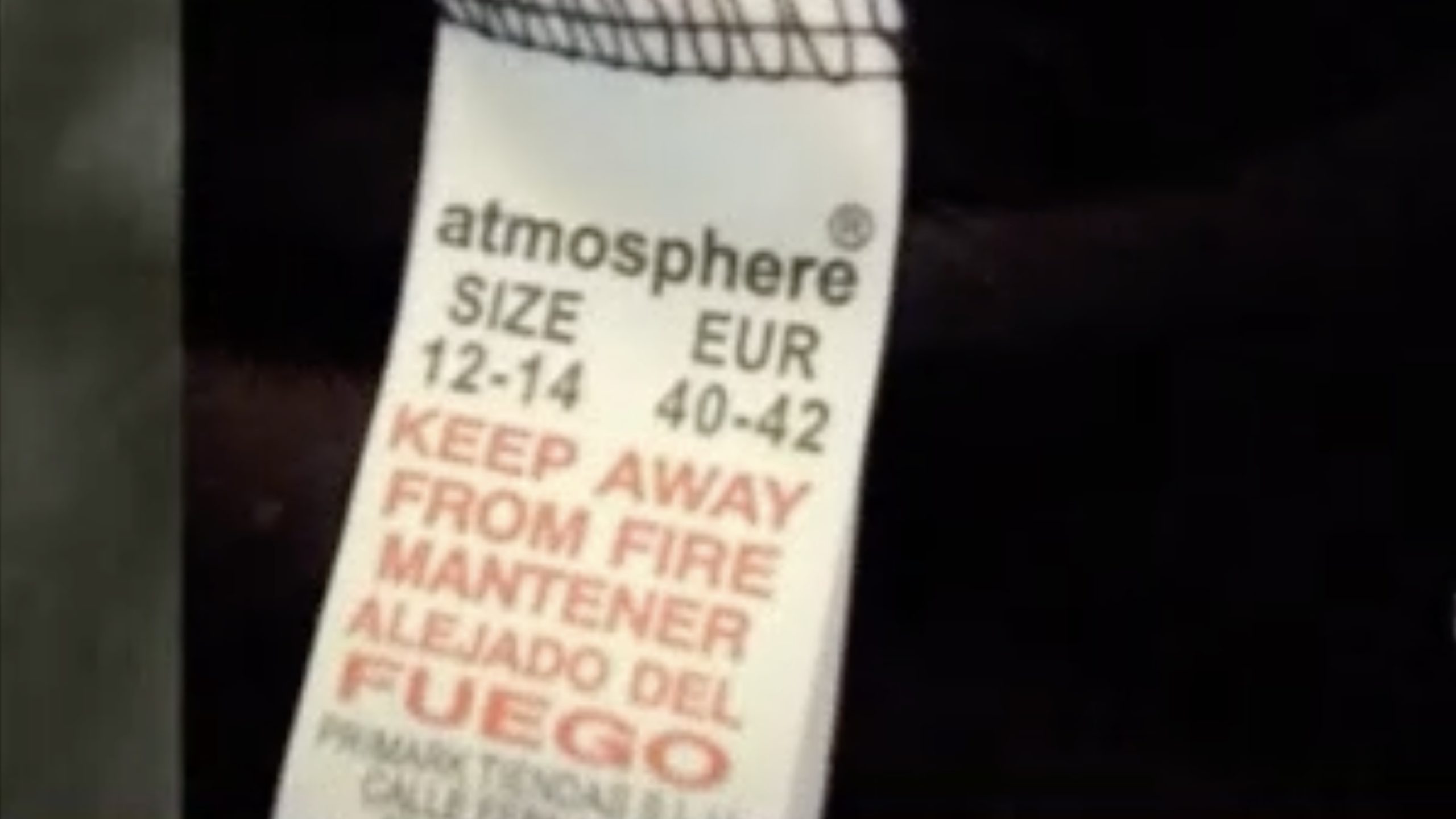
followthethings.com
Health & Beauty
“Ahava Stolen Beauty“
An activist campaign organised by CODEPINK Women For Peace.
12 video YouTube playlist compiled by the US Campaign for Palestinian Rights embedded above shows protests taking place at multiple sites selling Ahava products in Canada, USA, The Netherlands, Israel & France. Click here for more footage of campaign protests and explainer videos. Click here for Code Pink’s ‘Ahava Stolen Beauty’ campaign website.
After the aftermath of Israel’s invasion of Gaza in 2008-9, members of the American women-led grassroots peace and human rights organisation CODEPINK visit a factory on the bank of the Dead Sea which makes cosmetic products from its salts and minerals on occupied Palestinian land. According to the Geneva Convention, occupying forces cannot take or profit from the natural resources of an occupied territory. Sold in department stores, spas and Ahava stores around the world, Ahava products are stamped as ‘Made in Israel’. Critics say that the company’s profits support the illegal settlement where the factory is based. So CODEPINK encourage women are concerned about beauty and disgusted by the occupation to use their consumer power to boycott Ahava products, and to use their citizen power to protest at their sites of sale (in bikinis and bathrobes to attract attention). When the US arm of Ahava later launches an #ahavareborn rebrand campaign on twitter and asks for suggestions, critics pile in with sarcastic slogans about aspects of the occupation that Ahava products can help to conceal or wash away. As the boycott gathers momentum, supporters of Israel criticise it – and the wider Boycott, Divestment & Sanctions (BDS) movement that it became part of – as antisemitic, and pro-Israel consumers start counter-campaigns, buycotts, encouraging people to buy as many Ahava products as they can from targeted stores. But, despite this, Ahava stores shut, retailers refuse to stock Ahava goods, governments pass legislation forbidding ‘Made in Israel’ to be printed on goods produced in occupied Palestinian territories and, eventually, Ahava moves its factory to an unoccupied site. To add to this mix, laws forbidding the boycotting of ‘Made in Israel’ goods are passed around the world. This is an epic, controversial example of effective trade justice activism. The message was simple: there was no beauty in occupation. The repercussions of this actvism are with us today
NB this page is a taster. There’s much more to add after out new site is launched. Please check back.
Page reference: Ian Cook et al (2024) Ahava Stolen Beauty (taster). followthethings.com/ahava-stolen-beauty.shtml (last accessed <insert date here>)
Estimated reading time: 19 minutes.
Continue reading Ahava Stolen Beauty ![]()

